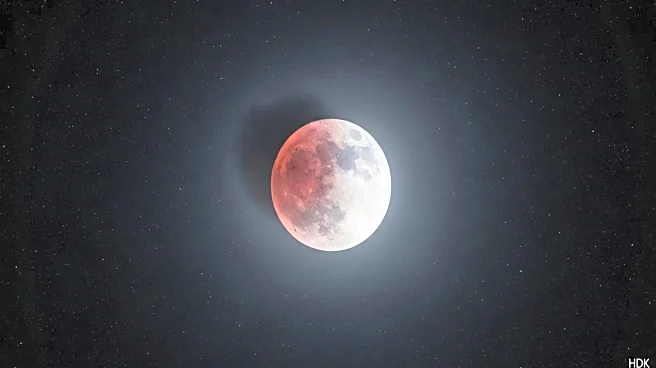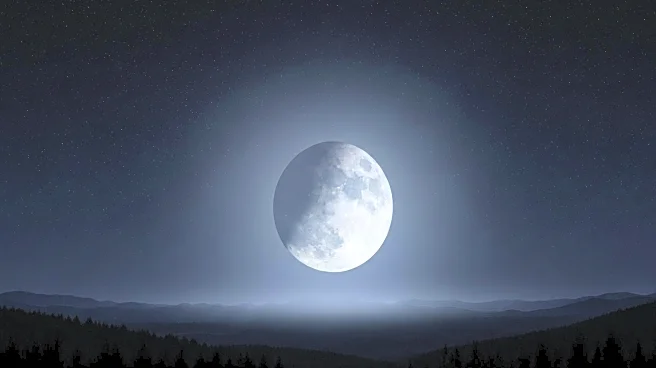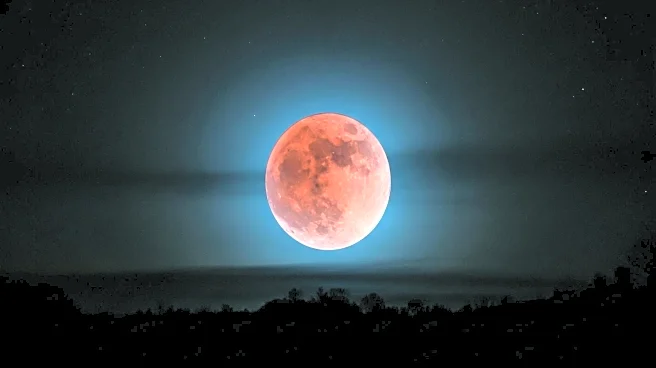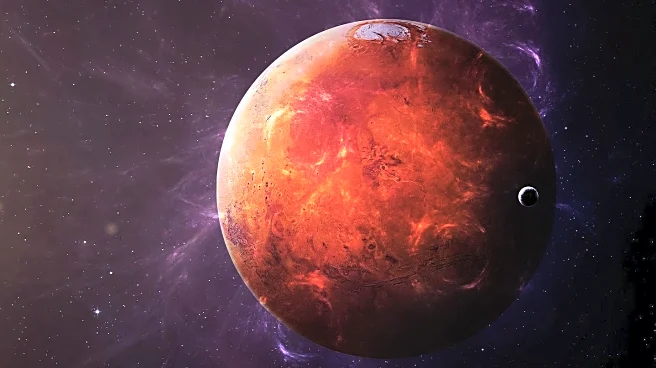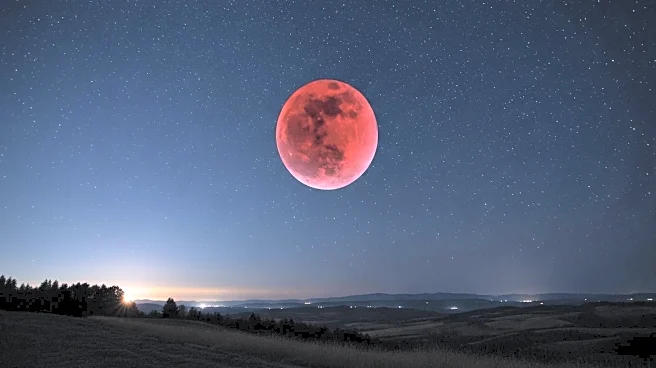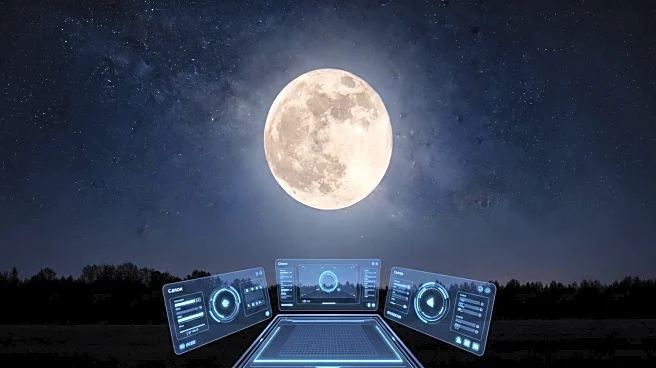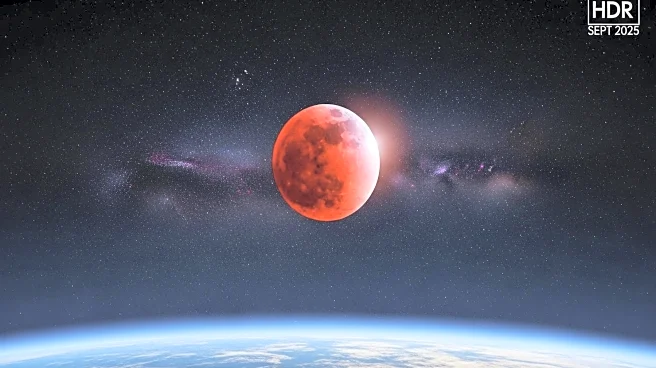What's Happening?
September's full moon, known as the Corn Moon, will occur on September 7, 2025, at 2:09 PM EDT. This full moon will undergo a total lunar eclipse visible in parts of Africa, Europe, Asia, and Australia. The eclipse will not be visible from the contiguous U.S., although Hawaii and parts of Alaska may see a partial eclipse. The Corn Moon is traditionally associated with the harvest season in the northern United States. This year, the October full moon will be closer to the autumnal equinox, earning the title of Harvest Moon. The lunar eclipse provides a unique opportunity for observation and study, as the moon passes through Earth's shadow, potentially turning a deep red.
Why It's Important?
The Corn Moon and accompanying lunar eclipse are significant for both cultural and scientific reasons. The full moon is traditionally linked to agricultural cycles, marking a time for harvest and celebration. The lunar eclipse offers a chance for scientific observation and public engagement, as the moon's transformation during the eclipse can captivate audiences and inspire interest in astronomy. Although not visible in the U.S., the event highlights the global nature of astronomical phenomena and encourages international collaboration in scientific research. The anticipation of future eclipses visible in the U.S. can stimulate interest and planning for educational and community events.
What's Next?
While the lunar eclipse will not be visible in the U.S., astronomers and enthusiasts can look forward to the next total lunar eclipse visible in the U.S. on March 2-3, 2026. Preparations for this event may include organizing public viewing sessions, educational workshops, and media coverage to engage the public and promote interest in astronomy. Additionally, advancements in technology and communication may enhance the ability to share live feeds and data from regions where the eclipse is visible, fostering a global appreciation for astronomical events.
